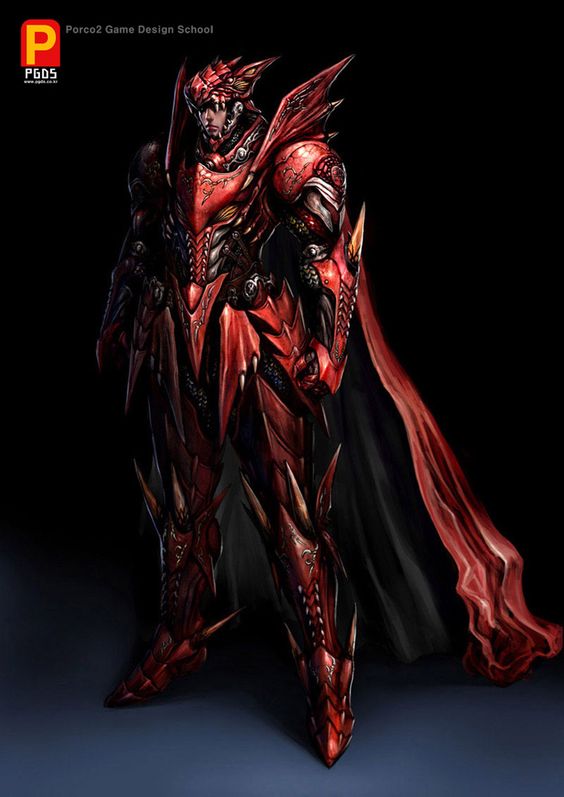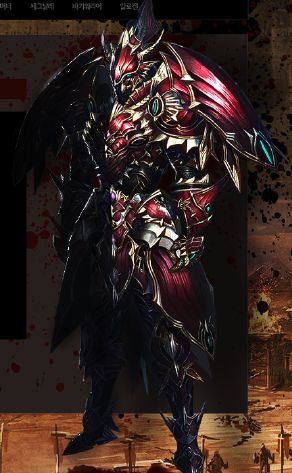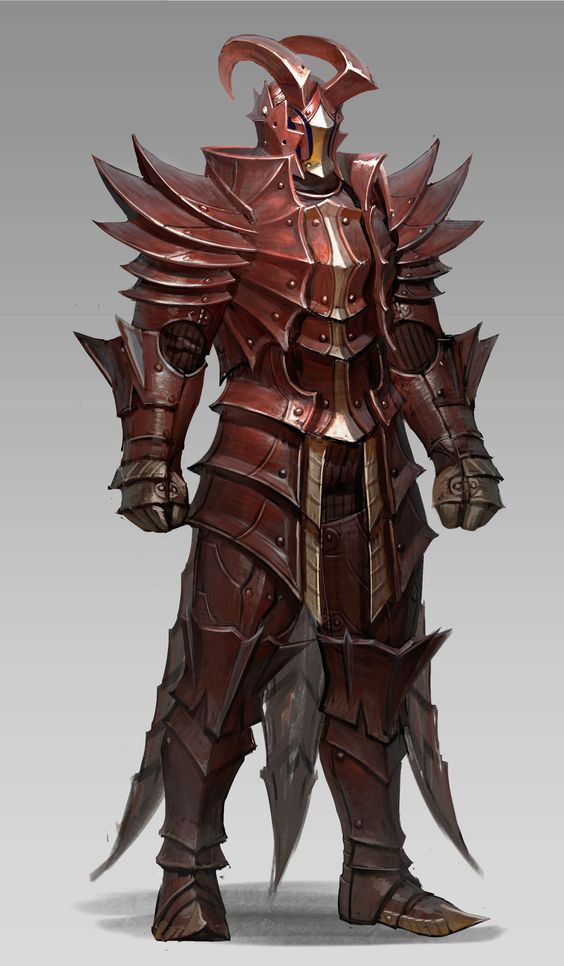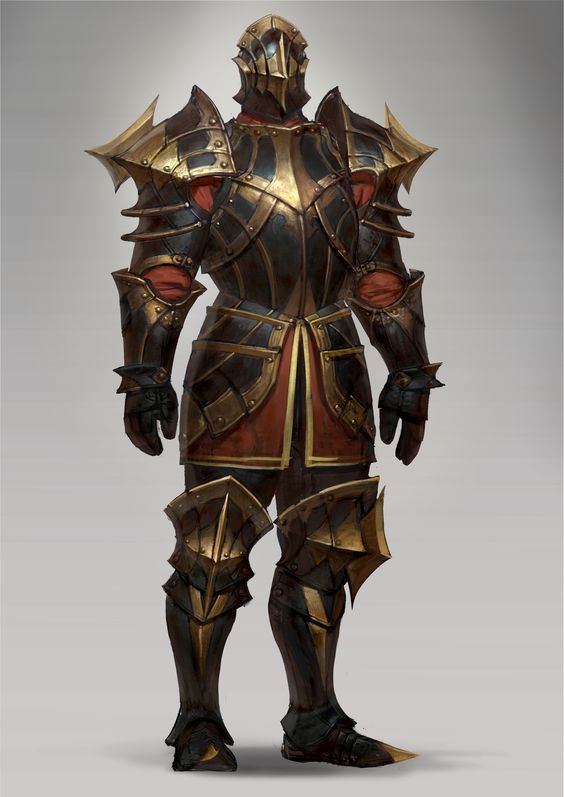KOHKOL: Session 07 -- Epilogue 'The Battle of Censure'
The details of the Battle of Censure
Build up
There were four points of interest in the camp of Ceriestrident.
I intervene to note that the Keep of Dominions had a collection of works centring on the use of the bane swords in the founding of the nation of their usage and deployment as well as the record of their movements across Valon and in who’s hand , may be one reason for this incursion. GA Sluatake
-
1.The Isle of Valon provided a key communications locus in the form of the Heraldic centres at Embrace, the Koss of Lore and the Keep of Dominions (1/2 mile outside of Censure). I shall detail these.
Embrace seemed important as a potential embarkation point for any mainland travel of Ceriestrident’s group. It was a matter of speculation as to whether there would be travel beyond Valon but facts were not available on this point. Safer to believe that the potential existed for a specific purpose that would take him or a number of his followers to the mainland.
The Koss of Lore has a strategic position within the Heraldic cause. The Library Keep had a portal used by senior members of the Order to permit them travel off-world. Ceriestrident may have already known this and made it a target.
The Keep of Dominions holds accumulated information of the nations of Valon specifically. Ceriestrident had not shown interest directly in this but his choice of landfall did highlight the keep’s proximity. Censure’s importance will be detailed separately.
2. Baktorophun. The mechanical warmount created by Count Brass’s sourceror, Hako Keloxantee. At the time of Ceriestrident’s landfall the construct was in Censure for upkeep. This construct can carry thirty men-at-arms as well as its crew of seven. (For more detail see the seminal work of H. Sifercog; Contructs of Logresse and the Lunars. Keep of Items, Modureye).
3. The Verdant of Censure is quite low if Valon is looked upon as a whole. While the numerical averages would lead one to assume a level of 7 and 1/2 might be expected, Censure sits more at 4 and 1/2.* notable researches were made into this. (in H. Thramonock’s work; Censure’s Great Mystery. Koss of Lore).
Ceriestrident May have some knowledge of this anomaly and used it to indicate a suitable place for his landfall (see Cadavivva).
*the reasons for Censure’s lower than expected Verdant level are too long to describe here. Suffice it to say, that the Orbed Sea’s influence is strongly felt in Censure and this more than the other reasons commonly spoken of is primarily responsible. Whatever it is that lurks in the sea is happily not at the surface as yet. Investigations might be wise and unwise in equal measure.
4. Eleathrine of Eshuan. The daughter of unknown parentage has resided in Dalsem for some time {thirty-seven months}. At the time of Ceriestrident’s landfall she was visiting Censure. She had made an acquaintance of Sir Jaguraunth, Knight of Renown. Sir Jaguraunth had some skill in the field of mechanical devices. The mills of Censure were of particular interest to him so he had settled in the city for a time. Eleathrine has become someone the Knight valued due to her innate understanding of mechanical works. There does not seem to be a romantic involvement between the Knight and this damsel. Ceriestrident marked her well on his previous appearance on Logresse (see; The Desecration of the Ingen Valley and The Vale of Lepers, H. Retaking.) He appeared to have some reason to select her for his personal interest.
Ceriestrident’s Command
I am aware of the muddled nature of Ceriestrident’s origin so I shall refer to him as a ‘man’, but it should not be thought this is some final evaluation as to his racial heritage.
Ceriestrident brought with him, a host of one hundred. Most of these would be considered men-at-arms. Fully sixty were of the type that we must ascribe menial. This being said these menials were equipped strangely. Their armours were empowered by strength akin to the Verdant. Further researches might be in order to determine the strength’s nature. What matters in this history is that these armours did function as designed. Weapons striking these armoured menials were liable to undo ageing. Several weapons recovered at the sites of battle were shown to have serious cracks or total failures within them.
These soldiers also were heard to occasionally shout about shields although no shields be they rounded nor kited were seen among them. It could well be they speak of sourceous varieties of shielding. This might mean some of their commanders are casters but that is unproved.
These soldiers use lances not dissimilar to those wielded by the Knights of Br’Tagne. There are certain differences witnessed in results involving them, however. Instead of superior chances for damage as the Br’Tagnese weapons create, these ‘Off-world’ lances* create superior chances to hit and superior chances to create their Black strikes.
*To offset a likely confusion between these two similar yet differing weapons I’m am suggesting strongly that these off-world lances be titled, Darkspears from henceforth.
The captains of these troops carry smaller weapons of similar results though not as strong in damages. These captains also carry incredibly sharp swords. Grievous wounds are far more common on those not protected by armours. While even metals form a decent guard against them, suffering only somewhat, the damages to unprotected or leather armoured targets are extreme — something like three times the expected damages can be witnessed affecting those hit. Examination of these swords shows that their edges have the finest of drawn sharpness on them. With great difficulty with regular eyesight, the edgemost portion of these weapons can be seen to have a dark line, as finest strands of silk, along it. Is this a filament of Black? It might be a trimming of some black mineral or a result of a particular, Black(?) whetstone being used to sharpen the swords.
Of the commanders there are four individuals. None of these are the equal of Ceriestrident’s capabilities. They do pose a real danger to Knights, even those of an Order, or of Renown. Each is singular but they share some trappings that identify them as men of command. Primarily this is their similar armours. All four have played armour of black and red. Full helms that have strange visors* are another commonality.
*these visors can become transparent as well as take on a fully reflective appearance. It is my belief this is to deflect Colour whatever its hue and tonality, keeping the wearer safe from all versions of caste magick.
The armour not only acts as defence but imbues the wearer with greater strength and agility. So far as had been seen, no Knight has managed to wound a commander. Commanders also use a weapon less often than a Knight would. There appears to be a desire to ‘wrestle and brawl’ within these men. Unlike Knights of Logresse, these ‘outland’ knights prefer unarmed combat. They rely almost exclusively on their armoured strength to do damages. They will use elbows, knees, even their helms to inflict harm. This does not seem a rigidly adhered to form of Orderly combat. They will use weapons but it seems they would rather engage in this more crude fashion.*
*i think it doubtful that this unarmed style is barbaric or crude. There is a more than clear likelihood that this is a feature of the armoured combats practiced where they are from on the shattered lunar worlds of the Canticle. The armour may allow them to survive on these broken worlds harsher environments as well as gain them its other advantages. The lack of use of a primary weapon might be reflective of the nature of the worlds as well. Reliance on a thing in hand, when hands must be kept free just to survive may mean not using or even carrying weaponry as it gets in the way. I picture the Canticle Lunar world of Quench as these knights' origin. A deeper and direct Heraldic investigation should be launched should an opportunity arise. The Profane might provide an agent to lead this investigation. Otherwise there is a possibility of the Quinn being enlisted as his involvement on Miranse seems destined to be an ill-fit for his current deportment, as I suggested it would be.
Renaissance’s Command
The Knight Renaissance made his leave of his kingdom. On a direct path the members of his party made their way south. This parting had been proceeded by a meeting of a Demi-race most rare, the Gobblin. These carry themselves with the trappings of being a Race even if there is little meritorious about them.
The arrival at the Embrace of Sir Renaissance came as expected. He’d left Ranthurm and traveled southward in accordance with the information the college in his kingdom had sent here. Heralds did not travel alongside as part of the Knight’s retinue. Interestingly, the college did not provide a following either.*
*there was no need for a following. Renaissance has proved to be a man of habitual directness in action. Having stated his plans, he will do no less than his best to make them occur. Our instructors in this have taught well. I am mindful that the knowledge they teach on this man was gathered by one particular, collegiate master of studies of the older Realm. H. Drake's study of this man was formidable and while not complete, informs us presently. I think entrusting the 'Censure events' to him was a wise one given his historical resourcefulness.
With him are two companions who seem unlikely travel companions. One is a non-descript. A man-at-arms by training and Lessfear by name. His claim of working for an higher power are a nonsense* but effectively has gained him some trust from the Knight Renaissance. The other is a Veer of the Delve. My studies on these are not thorough as they could be. I know they are closer to the Deralfmar than any other of the Veer. That they are deep walkers is confirmed by this one who was named Dagnyr Perildar. Of the Cleftyck I have met, he struck me more akin to the Piermantaur types, given to brooding quiets that were spelled by violent outbursts of emotional release. I imagine I may be off in my judgement though.
*I do not share the scriptorum's doubts about Lessfear's claims. My only pause is that he seems rather unlike other claimants to the position of importance he suggested he held.
That these three stepped ashore at the Embrace was not that unusual. The Knight sought Renown. As a first step, perhaps most would be considered presumptuous in doing so. Sir Renaissance has few studies to complete, however, being a Knight of some singular experience (see above annotation). Not only does the college have informations across his actions past, there is also the confirmation of the contrarian Rhegules to corroborate the Knight’s prowess. (see; Rhegules, A Study In Scars Bled, H. Doill.)
Sir Renaissance has no other members to his retinue. In point of fact, I am not sure that these two with him constitute part of his retinue either. While the Delvish Veer is potentially a fine enough warrior to perform a squire’s duties, I am less than confident in Lessfear’s credentials as a recognisable page. This man is of a malcontent type. Bombast and misplaced confidence should not be a page’s first aspects. I find Lessfear, more fearfully lacking. As they were but three, he would have to do.
The heralds of our college at the keep, amended the Knight’s details and sent him toward us here at the Koss of Lore. Their relative strangeness to Logresse meant that they perhaps misapprehended the great honour afforded them being allowed upon Valon. In this, all three are much like any others who arrive here by ship, shipwreck or portal. Not once while in view of any of Valon did a member of the three comment on the nature of the Isle and its beneficial aire.
They traveled overland southward toward our koss. Along the way they stayed away from most of those in the fields or at the shores they passed. This might have been sensible alacrity. It might have been that they are not terribly sociable types. Their drive to the Koss of Lore continued speedily, whichever was the reason.
One incident was notable enough to need recording. It was upon an evening that the party slowed to select a camp for the night, when the Delve noticed a faint call of distress. The sound led them to a deathly wounded man. An arrow of near-unique nature called its home the poor fellow’s body. The mica flights of the arrow were near the home’s back entry at his spine, while the arrowhead had left via the front door of his chest. The bulk of the shaft of the arrow rested inside the home’s main chamber, in his heart. There was no curing among them of this complex sort and the party made peaceable his last moments alive. Once his death arrived they set to discovering his identity and that of his killer.
No name could be found to call him by. All of value was perhaps the map he was found to possess. This seemed to outline a cavernous interior, mannered to look like a mine. As to the killer, she made herself known. She announced her name as Thezez and her arrival, with arrows that landed in close proximity to the parties’ feet. Thezez was known to the college. Her other name is Vekta. Her arms are her great bow and her hidden scimitar. The bow is readily her obvious threat to most. Unique to her as she has taken a hand in refurbishing it with all manner of Logresse found items, the great bow is distinctly of her. A study of archery puissance does not do more than limited justice to a bow such as this. Thezez Vekta is not a scholar, so this may never be added to an understandable teaching text.
Of Vekta’s non-combative nature there is less known. She is clipped of speech as a rule. Given to cruelty toward fields’ workers, although these things are very much of opinion. She is more than Cleftyck in appearance. Her face and form are pleasing immediately but closer inspection may lead one to reassess this impression as Vekta speaks. Her overall effect might be said to be a thing of respectful dislike. There is much to admire but more to doubt in her manner.
The party was able to determine that she meant no threat to them. She also indicated that she’d slain the man as he was a thief. The map he’d had was hers. Sir Renaissance returned her the map. This may have surprised Thezez Vekta but she did not reveal this. There was more discussion and it became known that the two Veer did not share many direct associations from another time.
The children of Lored Veer spoke of only certain things and of these few, it was her apparent exasperation with the other Veer’s lack of knowledge that made her mention his pauldron.* I am not clear on why the son of Lored Veer did not know of it but I too share that same frustration of those with a lack of information. She knew of Censure and said it might well suit their need. She said she would like to meet them on another occasion. The party was fine with her departure.
*Perildar’s pauldron is a rarity. Among The Delvish mongers of gear there were few that mastered the art of Deflexion. The Delve that did were honoured and feted for their accomplishment. That the Delve mastered it at all and not others is a pointed fact. It would likely be found that this art derived from their peculiarities as the Delve met with a serious investigation into the Verdant. I am most assured that the Delve did not know the Verdant in that time or place but it isn’t impossible that a more recent traveler might well have come via the Valon Portals and also have been Delvish. The annals do not record this one’s name so a more particular action may be needed among the documents of travel to uncover something missed. The objects mongered by this crafted Deflexion are known to have a kind of semi-sentient awareness. This only seems to extend to acknowledging the thoughts of those who know the objects’ nature. Most witnessed and recorded have been malleable armours able to transform their condition and become weaponry. A surreptitious nature that must indicate the Delve, or a sub-set of these, as being similar in kind. The weaponry is somewhat chantried as a result though the few examples witnessed thus far only vary wildly in additional capabilities, leaving us no surer of these Deflexion weapons’ general styling.
The party arrived at the Koss of Lore without further adventure. Entry was freely given and they near caught up to H. Goaves as they did. H. Goaves announced that he’d be only too pleased to induct them to the keep tower where the master sat. His only warning was to ‘ware against entering the Keep of Knowledge. This is the one rule of the Koss that others must follow.
Once they’d made their arrangements for the night’s sleep, at the ‘Journal & Journey’, the Delve and the Knight set to mock skirmish in the forecourt. They seemed to be set on Dagnyr attacking and Sir Renaissance defending. Dagnyr made each attack differ from the next but most of these attempts were rebuffed ably. In a more stylised finish to these exercises, the Knight allowed a free strike upon him, which resulted in a heavy blow on his chest, deriving some damages.
It must be said that the three 'men' will be hugely outnumbered. They will have immediate surprise with them and potentially a certain amount of follow-up disbelief. After these two reactions have passed things will get more difficult. It will take some use of the population and local knowledge as well as likely hit and run tactics to manage to get in a position to gain the visor from Ceriestrident.
The Briefing
On the fair morning, the party was led to the tip of the tall tower to meet the Grand Adjudicator. The Renowned one made their comforts seen to and invited them to be at ease with him. It is written that much is learned from a carefree child; little from a suspicious one.
There was some talk but then the Grand Adjudicator broke this to discuss the city of Censure. He indicated the incursion imminently arriving and it was seen that Sir Renaissance needed no convincing. It is not recorded, in my readings at least, if the Knight had prior dealings with the antagonist Ceriestrident, but it looked well that it must have been so.* A map was produced to outline the nature of Censure. This should allow some clarity as to the near hundred troops they must face. The Grand Adjudicator made clear the object of this eventual meeting. This was not a duel of honour but neither was it a deadly meant encounter. The object of the quest was Ceriestrident’s visor. Ceriestrident wears a golden helm of fair chantried work. In its earliest incarnation the helm served the usual purposes of protection from both weapon and knowing eye. Later mongerings by Ceriestrident’s own learned hand made the visor over into a thing of wondrous powers. It can weaken the minds of those near him. It can caste from each eye a different spell and these both together at once. These spells are known to be of violent harm to those in view. On another occasion it was witnessed to amplify Ceriestrident’s thoughts and make them audible to those around him. It is expected this may mean he is able to communicate over great distance in a derivation of this exposed ability. The visor may well do more but these are the known features.
*in Mirantian documents there was noted a Conclave meeting that took place in Alone, upon the second continent. There is the possibility that Sir Renaissance’s and Ceriestrident’s paths crossed during this three day span. This, or perhaps they passed close by enough that they were somewhat aware of the other’s doings. The Knight is clearly a detractor of this golden dissembler and this is what is vital.
There were some days of travel required to take the party to the city. Over those days, plans were formed and deformed until their satisfaction could not be improved upon. Sleep seemed to come well to them all. Informations were brought that they ate and practiced some along the way to Censure. Tactics were discussed at length. Three against one hundred. The journal detailing this combat will necessarily be popular should it be as hoped for.
The next section shall detail the Battle of Censure, city ward sectors, original deployments, occurrences and the initial results. There will be attentions paid to the participants as well as the general populace, who doubtless will be crucial in any success.
H. Ebelance, authored, Koss of Lore Scriptorium.Remove these ads. Join the Worldbuilders Guild













Comments